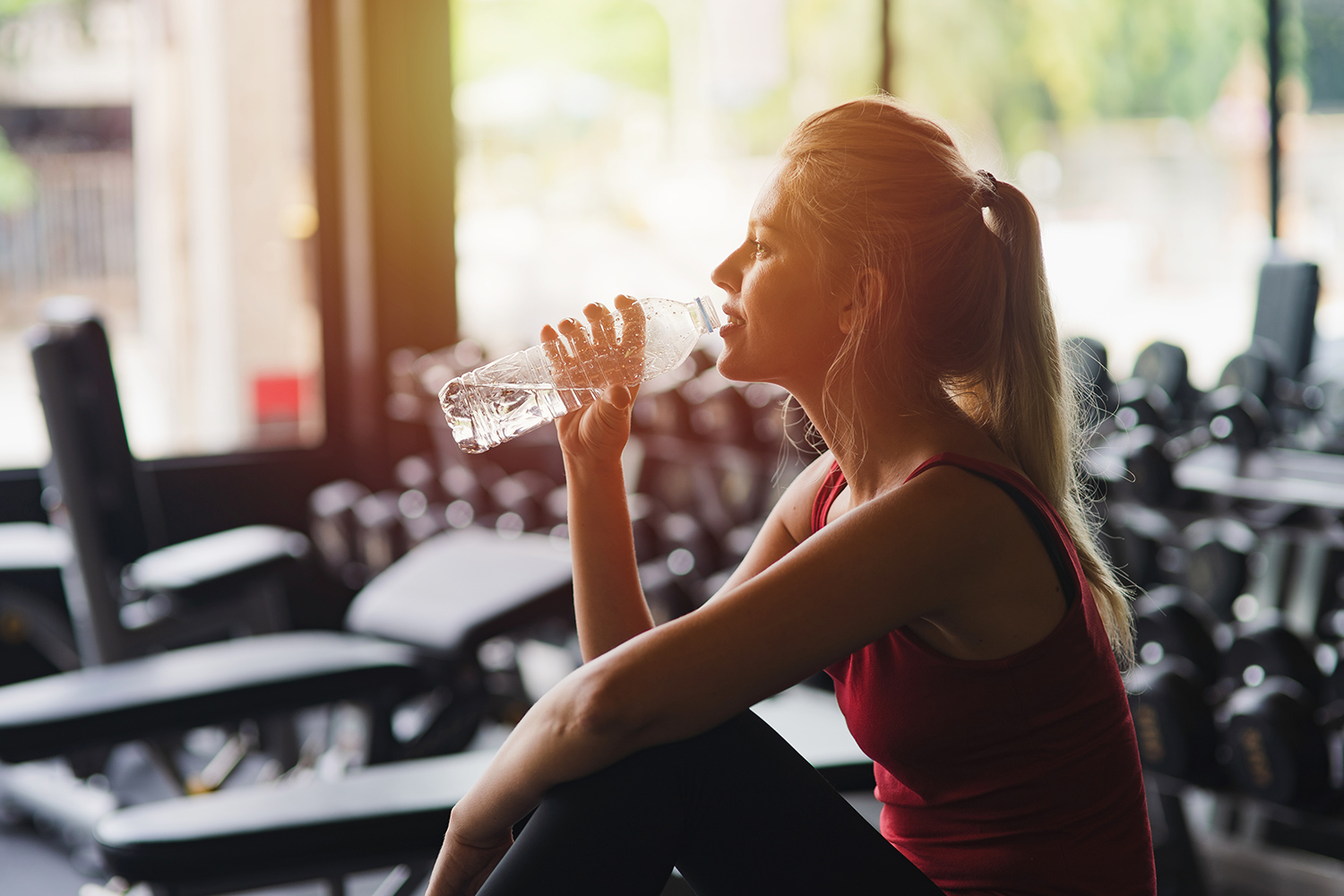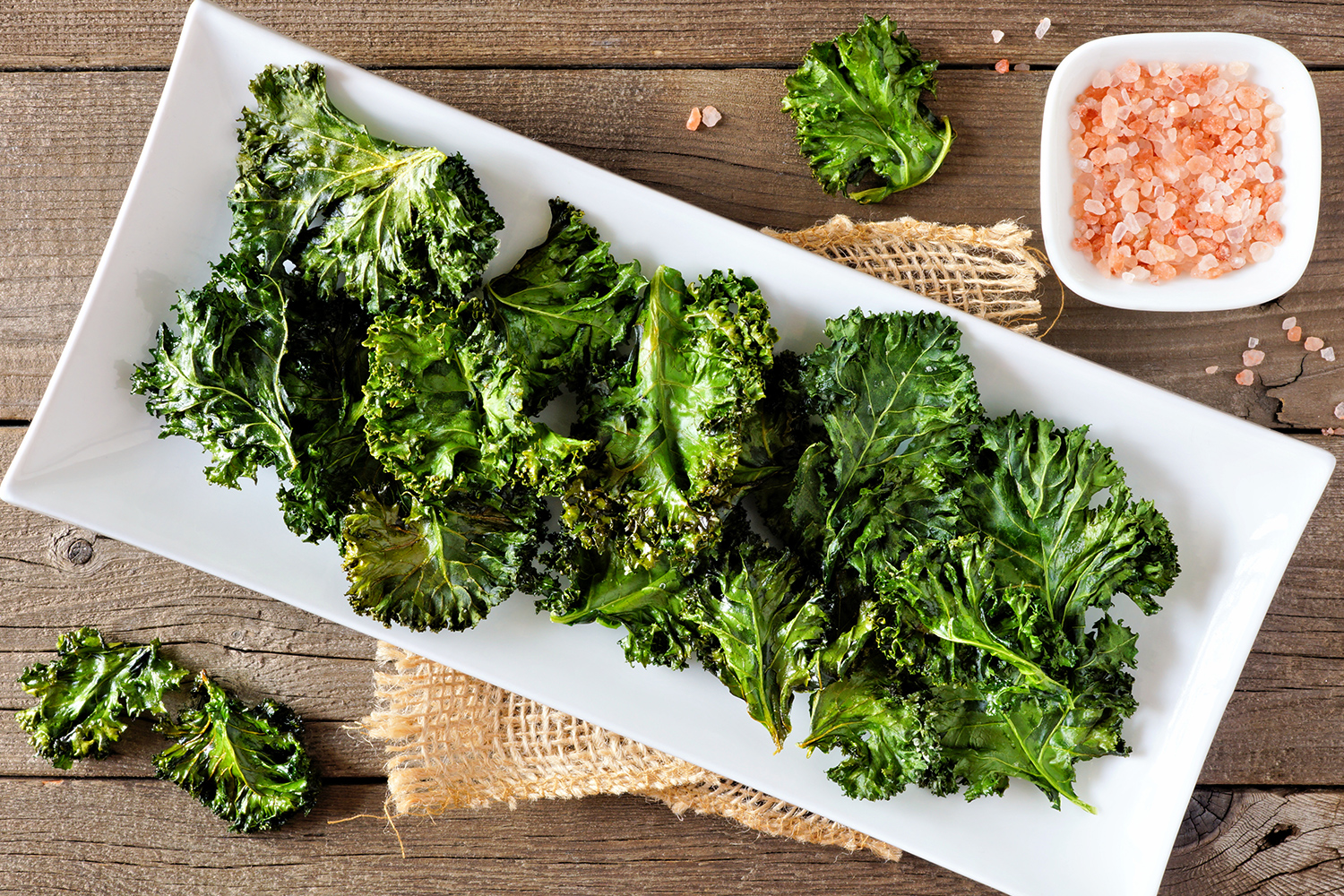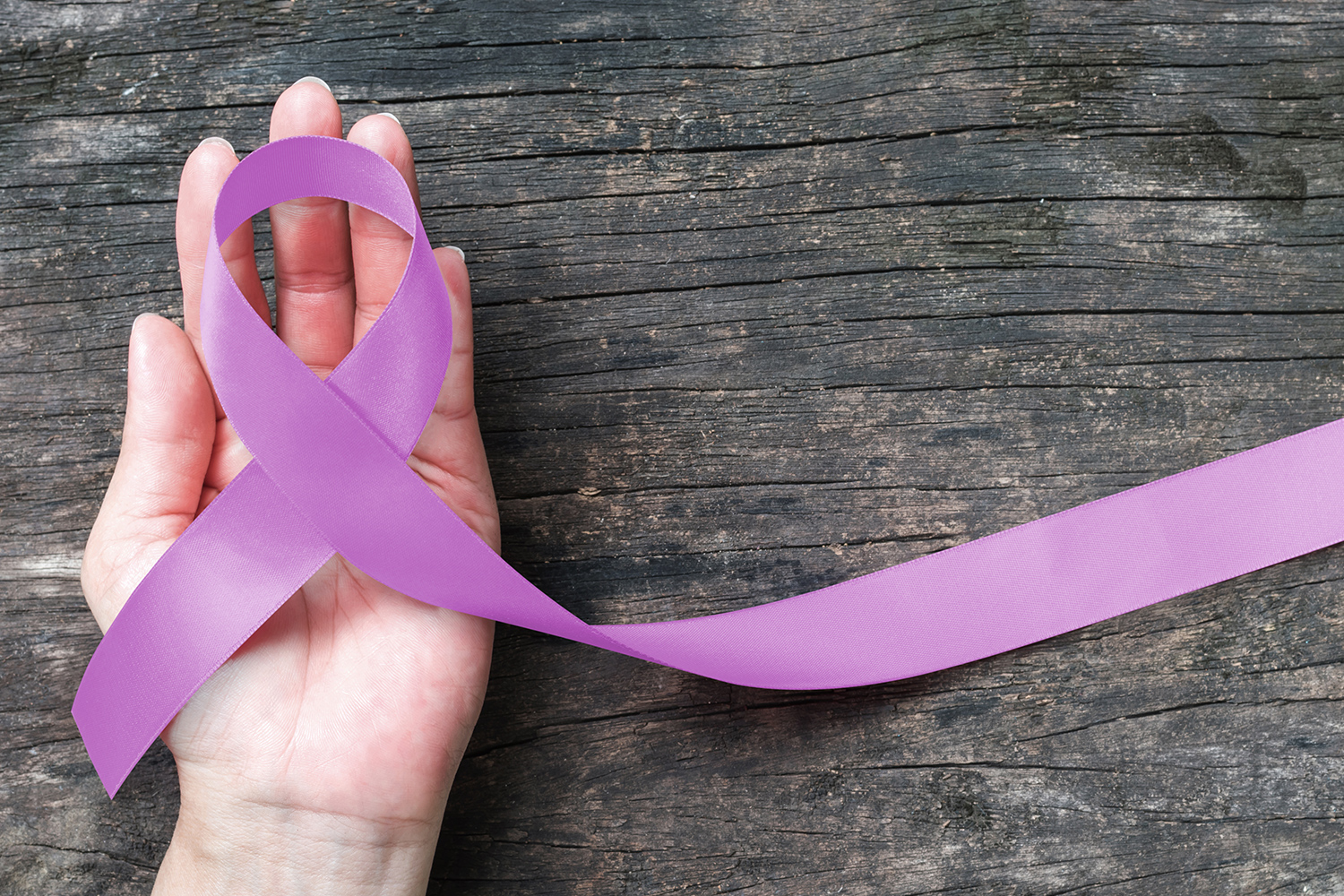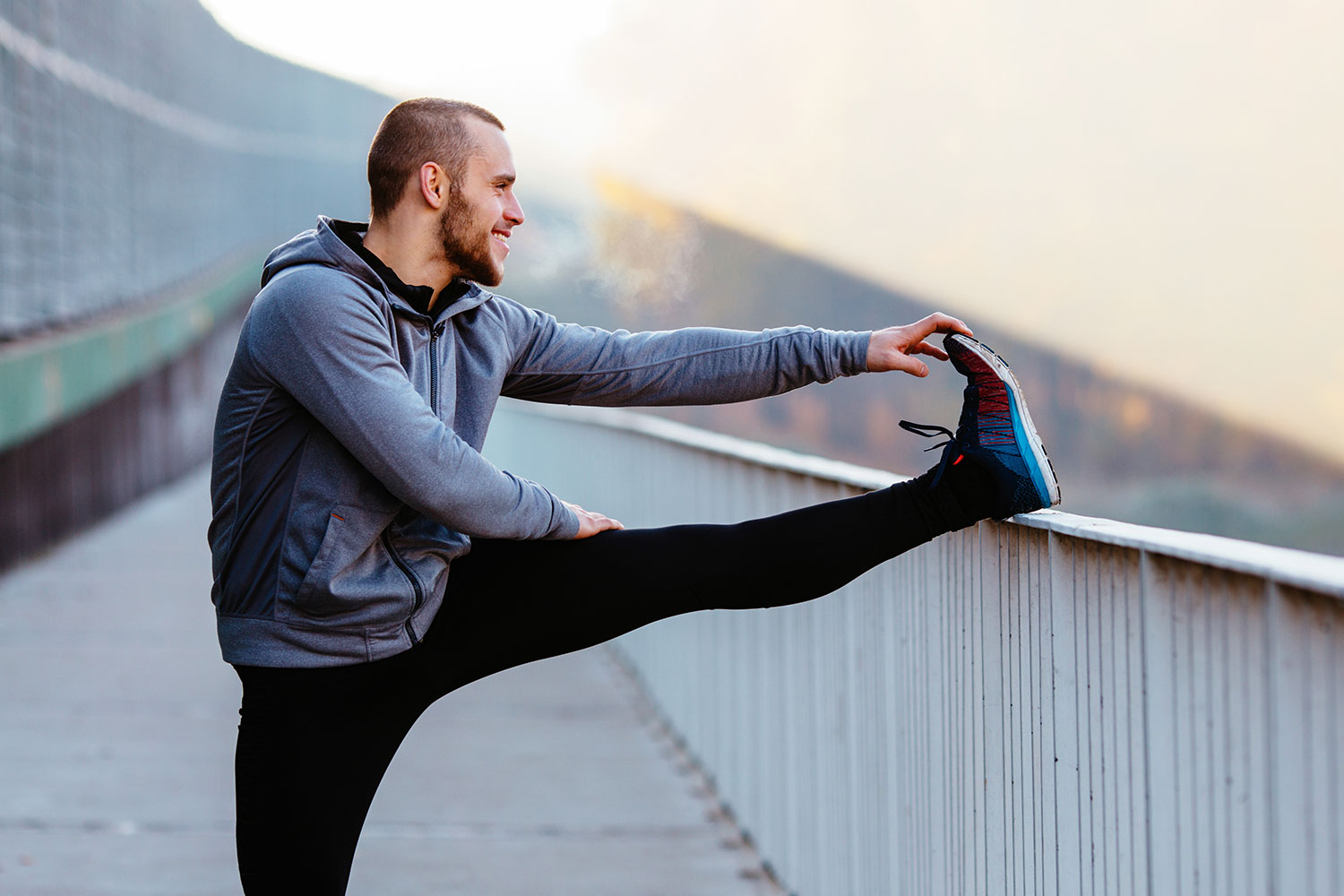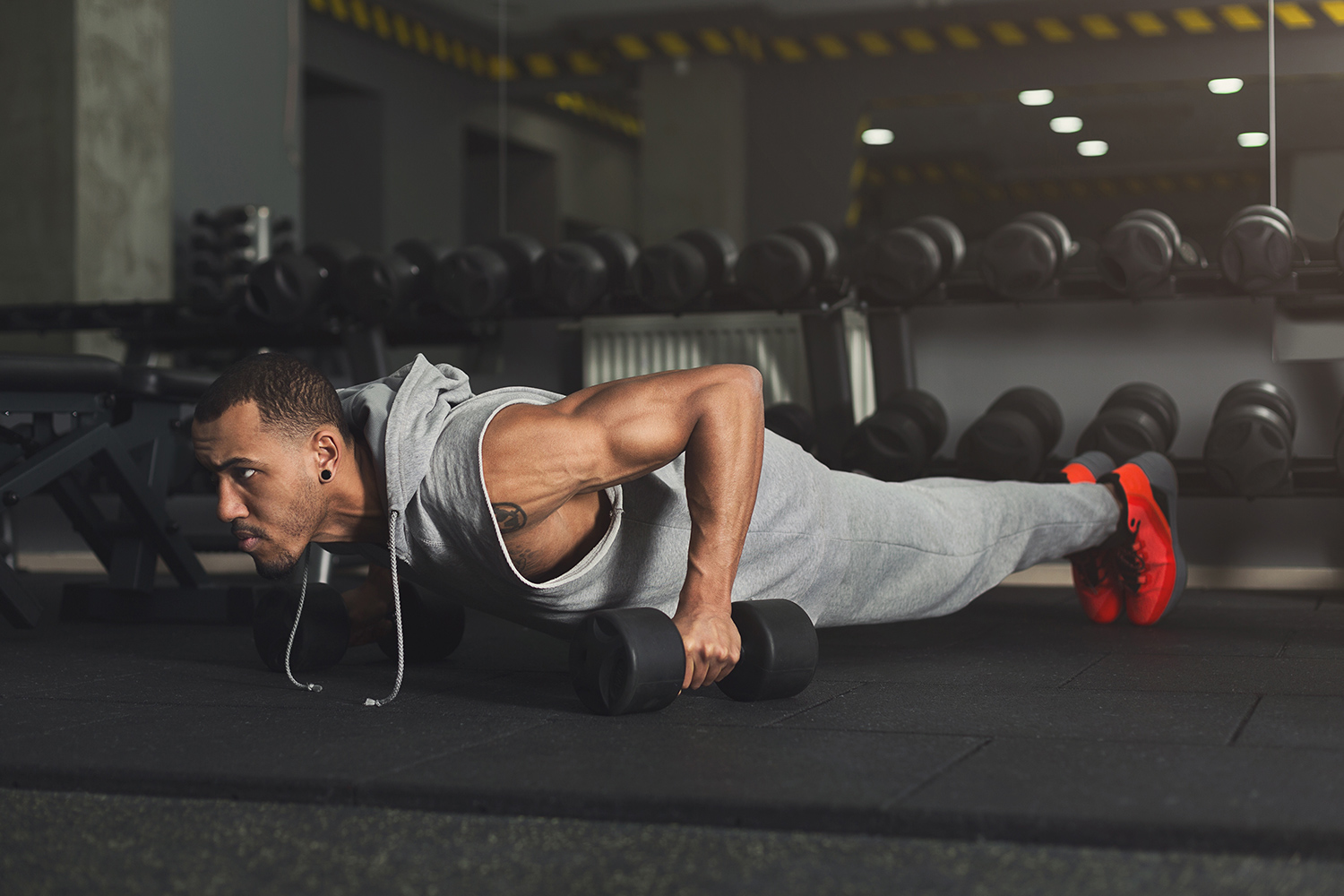What is Afterburn?
When you work out at an intense level, your body’s oxygen requirement goes up. The more you need, the harder you breathe. Pretty easy to follow, right? After your workout is done, and your breathing returns to normal, your body isn’t done working. The workout itself is over, but now your body needs to spend energy on recovery and repair. The calorie-burn spent for this purpose is called Excess Post-exercise Oxygen Consumption (EPOC).1 That name is a mouthful, so it is also aptly termed, Afterburn. It is your body’s natural process of returning everything to the way it was before.
The obsession with afterburn makes a lot of sense. It sounds pretty nice to continue burning calories even after you’ve left the gym. Each body will burn a different number of calories in this recovery phase, so we can’t offer you an accurate number in terms of what you can expect. However, we can say that the intensity of your workout has a direct effect on the intensity of your afterburn.
How to Achieve Afterburn
The key word we mentioned above is: “intensity.” However, the duration of your workout is important too. The longer your work out, the greater your afterburn. Alternatively, shorter workouts sprinkled with maximum effort high intensity work are also extremely effective.1 This is when your HIIT instructor, for example, encourages you to push for your max heart rate. So, to recap, you can achieve afterburn by performing:
- An Intense Workout
- A Long Workout
- A Short Workout with Short Bursts of Maximum Effort
While all of these will produce afterburn, there are some approaches that work harder for you than others. Let’s break some of that down next.
Exercises

High Intensity INterval Training (HIIT)
This is going first on the list because HIIT is the embodiment of what you need to achieve afterburn efficiently. Essentially, HIIT asks you to work at your maximum heart rate and spend your recovery time in active and controlled movement. You don’t really stop; hence the name “high intensity.” Yes, it sounds intimidating, but it works!
A 2014 study compared the afterburn effects of 20 minutes of HIIT with the afterburn effects of 50 minutes of moderate cycling and found that they achieved the same total energy expenditure. The cycling session required more oxygen during the workout, but HIIT required more oxygen afterwards. This is how they evened out.

Weight Training
Lifting weights can take a few different definitions. You can lift light or lift heavy, lift in a traditional set (each set is the same exercise) or a superset (different exercises performed back to back), use machines or free weights, and more. Each option will result in different effort and energy requirements. The bottom line, however, is that they trigger some degree of afterburn.
This 2010 study compared supersets with traditional sets. While it determined that both helped achieve afterburn, it also identified that supersets did it better. The afterburn results of supersets were significantly greater than those of traditional sets.
According to our research, heavy training loads appear to be more effective for EPOC than light lifting.2,3 Additionally, compound movements appear to be more effective than isolated movements.3
While the afterburn may not reach the same levels it would reach after a HIIT workout, building muscle is generally a great way to increase your daily calorie burn. This is because the body needs more energy to maintain muscle than it does to maintain fat.

Cardio
Cardio, as long as you do it for long enough, can also result in significant afterburn. Going back to our example above, you would need 50 minutes of moderate cycling to reach the same level of overall calorie burn that 20 minutes of HIIT could achieve. Assuming we can extend that to other forms of cardio, the ability to sustain a moderate pace for that long (and at about 70% of your maximum heart rate)4, is perhaps the most challenging part. So, it’s not that cardio is less effective, it’s just less efficient.
What is your go-to exercise? Do you plan to incorporate anything new to take advantage of afterburn? Share your thoughts in the comments below! To learn more about HIIT, read our article, The Heart on HIIT. Or, read up on how to calculate your maximum heart rate. For more articles from the Lifestyle blog, subscribe to our newsletter today!
Sources:
- Schlinger, Amy. “Your Secret to Burning More Calories at Rest: Weight Loss: MyFitnessPal.” Under Armour, 14 Dec. 2018, https://blog.myfitnesspal.com/your-secret-to-burning-more-calories-at-rest/
- Nursing, School of. “Effects of Resistance Exercise Bouts of Different… : Medicine & Science in Sports & Exercise.” LWW, Apr. 2002, https://journals.lww.com/acsm-msse/Fulltext/2002/04000/Effects_of_resistance_exercise_bouts_of_different.24.aspx
- McCall, Pete. “7 Things to Know About Excess Post-Exercise Oxygen Consumption (EPOC).” Excess Post-Exercise Oxygen Consumption (EPOC) | ACE Blog, Aug. 2014, https://www.acefitness.org/education-and-resources/professional/expert-articles/5008/7-things-to-know-about-excess-post-exercise-oxygen-consumption-epoc
- Skelly, Lauren & Andrews, Patricia & Gillen, Jenna & Martin, Brian & Percival, Michael & Gibala, Martin. (2014). High-intensity interval exercise induces 24-h energy expenditure similar to traditional endurance exercise despite reduced time commitment. Applied physiology, nutrition, and metabolism = Physiologie appliquee, nutrition et metabolisme. 39. 10.1139/apnm-2013-0562.

